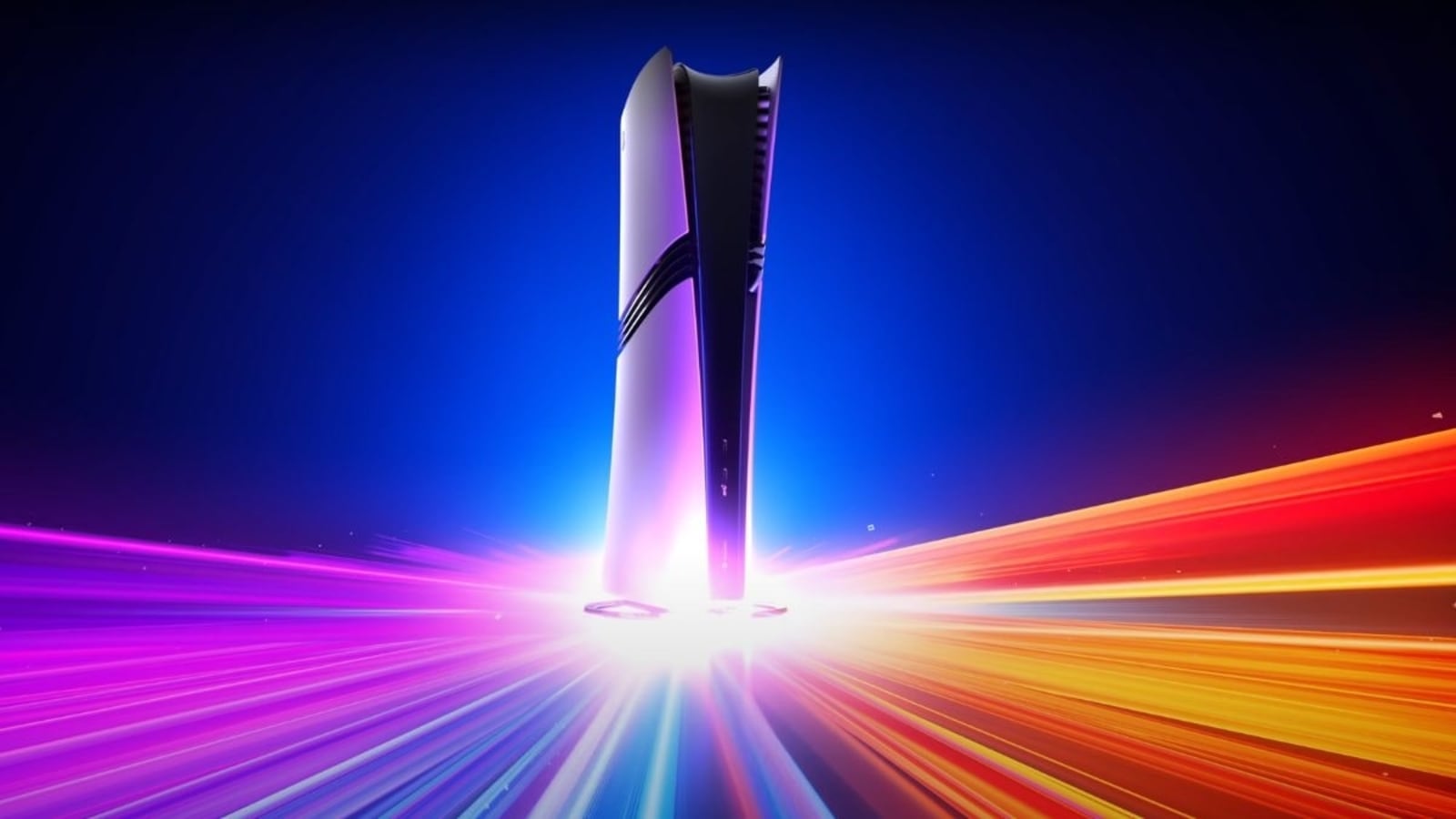As its soldiers engage in grueling battles to break through heavily fortified Russian lines in southern and eastern Ukraine, Kyiv is ramping up the intensity of strikes in occupied Crimea, trying to undermine the Kremlin’s war effort by steadily degrading its combat capabilities.
In recent weeks, attacks on the peninsula — a critical logistics hub for Russia’s war effort — have accelerated. On Thursday, both Ukraine and Russia reported new attacks, the day after Ukraine’s military struck two ships at the headquarters of the Black Sea Fleet, one of Kyiv’s boldest assaults on Russia’s military infrastructure since the start of the war.
“The way to victory on the battlefield is to defeat the logistics of the Russians,” Andriy Yermak, a senior adviser to the Ukrainian president, said in a statement Wednesday after the strikes in Crimea. Defeating Russia, he said, depends on not giving Moscow “the opportunity to preserve the military potential for waging an aggressive war.”
The Kremlin tightly controls information released by its proxy officials in Crimea, and it is often hard to assess the impact of individual strikes on Russian airfields, ports, bases, missile complexes and supply lines. Moscow also still maintains robust air defense systems and has shown itself capable of adapting to new Ukrainian threats.
However, the pace and intensity of the strikes is clearly growing.
The Ukrainian military said on Thursday it hit Triumf surface-to-air missile defense systems near Yevpatoriya, in western Crimea. The success of the operation could not be immediately independently verified, but it shows Ukraine’s dedicated effort to knock out Russia’s air defenses, and make future attacks more effective. The Russian Defense Ministry did not comment on the claim.
Thursday’s attack on the defense system featured both drones and missiles, a Ukrainian security official who spoke about operational details only on the condition of anonymity said.
The day before, Ukrainian cruise missiles appeared to have hit a Russian Kilo-class submarine and a large landing ship at a shipyard in Sevastopol, the headquarters of the Black Sea Fleet in Crimea. Russian officials acknowledged two ships in dry dock had been damaged, and satellite images suggested that a submarine and landing ship had been at the site.
As Russia seeks more secure ways to support its forces in Ukraine, large landing ships are an important logistical asset, and the ship, depending on extent of the damage, would be the second one taken out of commission by a Ukrainian strike in recent weeks.
Ben Barry, a senior fellow for land war studies at the International Institute for Strategic Studies, a British think tank, wrote on Thursday that Ukraine’s “deep battle” against targets far from the front, including in Crimea, “has shown signs of success in disrupting both Russian military operations” that “may set Ukraine’s forces up for breakout success or at least to significantly diminish Russia’s combat power.”
The attack on Sevastopol came only days after Ukrainian special forces said they had reclaimed several oil and gas platforms in the waters between Odesa and Crimea. Ukraine’s claim could not be independently verified, and the Russian Ministry of Defense did not comment.
Military analysts and the British military intelligence agency say Russia has installed radar installations and long-range missile systems on such platforms used to attack Ukraine and defend against strikes on Russian installations in Crimea. Ukrainian military officials said one objective of the operation was to impair the Russians ability to detect threats aimed at Crimea.
Ukraine has also used maritime drones to target Russian ships in the Black Sea. A Russian patrol ship, the Sergey Kotov, was targeted by five uncrewed vessels before dawn on Thursday, the Russian Ministry of Defense said in a statement. The Russians said the attack was thwarted, a claim that could not be independently verified.
Crimea was a springboard for Moscow’s invasion nearly 19 months ago and remains a vital link in the Russian supply chain keeping tens of thousands of Russian soldiers fighting armed and fed.

























